Recently appointed CEO says funding pressures present a new challenge to work the charity does across north-east and east London
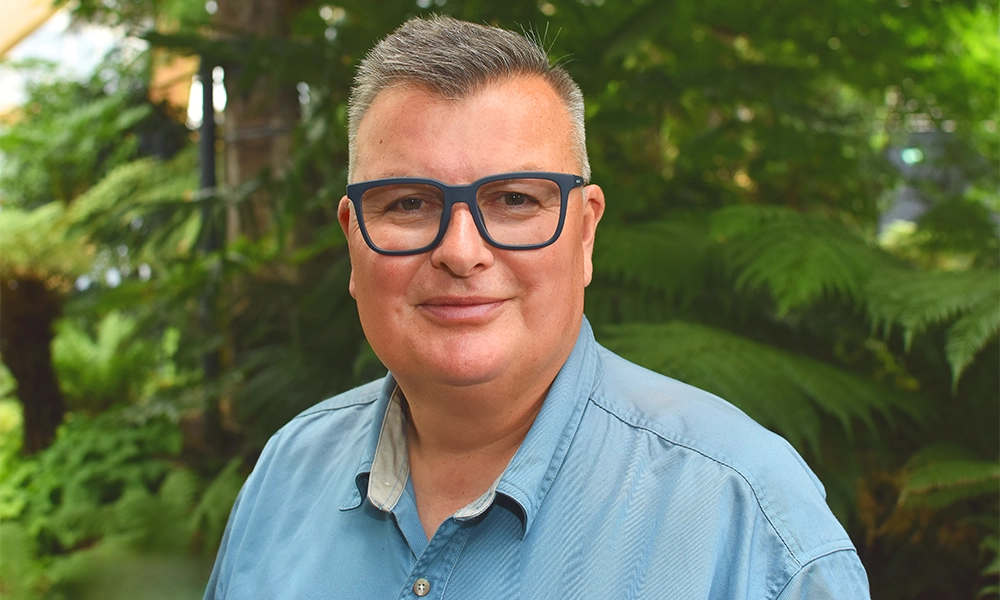
Subscribe to our free Wharf Whispers newsletter here
“There’s a lot of laughter here, a lot of light within the building – it’s not a sad place,” said Paul Richards, CEO of Richard House Children’s Hospice.
“The ethos of the organisation is to make the most of every day.”
For the last quarter of a century, the charity has been caring for children with life-limiting conditions and their relatives from east and north-east London via its base in Beckton and increasingly in their own homes.
It was founded in 2000 by Anthea Hare, a paediatric nurse at the Royal London Hospital in Whitechapel who witnessed first hand the struggles faced by young people and their carers and resolved to create a place where they could find respite, support and joy.
“She thought the children and their families deserved better,” said Paul.
“Without any prior experience of hospices, buildings, finance or planning, she learnt all these things very quickly, and managed to raise money to buy a plot of land just behind Royal Albert Dock.
“Our building opened 25 years ago this month, providing five residential beds for children.
“More recently we’ve been growing our community service to look after children at home too, which is increasingly popular.”
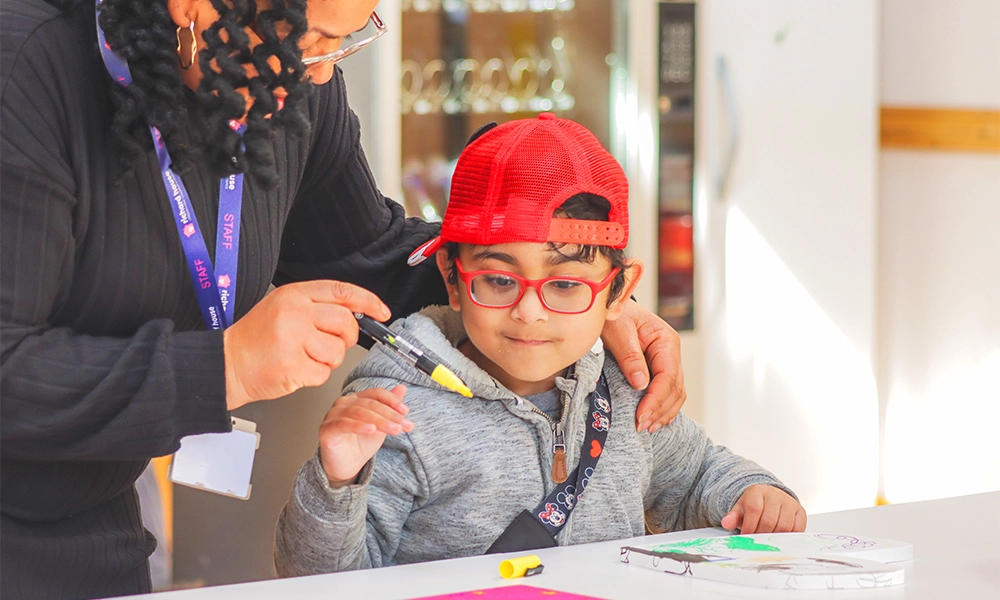
Richard House Children’s Hospice: significant challenges
However, the hospice is under constant pressure, balancing what it wants to do with the money it receives.
“Running any charity like a children’s hospice is always very challenging,” said Paul, who joined as CEO seven months ago having spent much of his career in advertising with the likes of Saatchi And Saatchi.
“We are very fortunate in that we receive some money from the NHS.
“But for every pound in statutory income, we have to raise three or four pounds.
“The services we provide are delivered at a loss, because the tariff we’re able to charge doesn’t reflect our true costs.
“With the recent change of government bringing increases in national insurance and the like, our payroll has increased by about £100,000 a year.
“To keep Richard House going for the next 25 years, we are looking constantly at raising funds.
“In this financial year we need to find just under £2million to continue what we are doing. We have to reach out.”
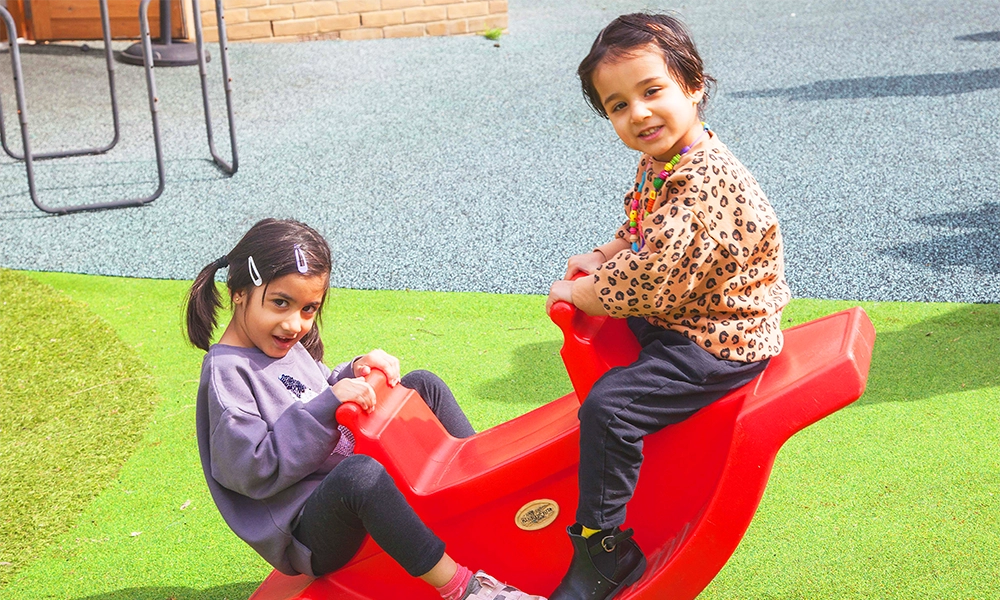
reaching out for support
While the charity enjoys support from organisations such as Excel, London City Airport, BNY Mellon, Clifford Chance, HSBC, St James’ Wealth Management, West Ham United and many more in Royal Docks, Canary Wharf and beyond, there remains an ongoing need, especially as Richard House intends to grow beyond its current offering.
“We currently have just under 190 on our case list at the moment but we want to expand as the demand is obviously there,” said Paul.
“In 25 years I would like Richard House to be celebrating its 50th year as London’s first children’s hospice and I’d like to be talking about 500 cases on our books, celebrating the successes of the children we’ve supported to live longer, better lives despite the conditions they have.
“We are on a bit of a mission to explain what services are available, so people understand.
“When parents receive a diagnosis, they believe their child is going to die – and the support and services we offer at the end of a child’s life is part of our function – but we do so much more to support the children.
“We have activities, music therapy, sensory equipment – we’re very centred on each individual child.
“Hospices aren’t just about palliative and end-of-life care.
“With advanced medical care children are surviving far longer than they might have done in the past.
“A lot of our work is to enable children to come in and be supported while their parents have a short break.
“For example, families might come in, stay in one our flats and then go out for a rare night on their own while we do the heavy lifting.
“We provide support not only to the child but also the parents.
“We host events – art days, baking days – and the children come in with their carers and enjoy a party.
“It’s good that parents can meet together and we also employ two parent partners who have experienced our services to support families with their insights – that’s so valuable.”
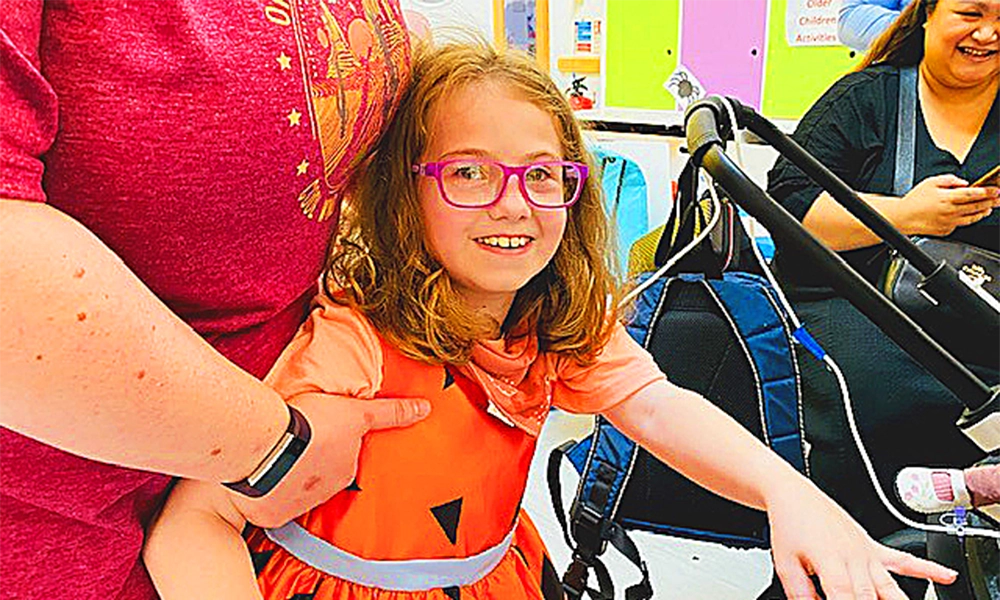
a personal connection
“Running a children’s hospice is something I really wanted to do,” said Paul.
“I’m a bereaved parent, as is my wife and when we lost our respective children, neither of us had the opportunity to engage with the services Richard House is able to provide.
“I had spent six years as a trustee at another large regional children’s hospice, five of those as vice-chair, which gave me an insight into the huge impact that these services can have, not just on the children they care for, but on parents, carers and siblings.
“My daughter died at 23 weeks and my wife’s daughter died at the age of five.
“It changes you as a person and I have a far greater understanding and greater empathy for the parents I meet day-to-day.
“I don’t share my lived experience with our parents because I’m there to support them, but it absolutely informs my approach to what we do.
“We have a world-class clinical team and I know that the support we offer is quite literally second-to-none.
“Right now, the future of the hospice is about how we can meet unmet need and that’s a commercial issue – raising the money, awareness and spreading the word.
“We need financial support but we’re also always looking for volunteers.
“We operate six shops people can work in and there are jobs to be done around the hospice too. We’d love people to get involved in raising money on our behalf.
“Attending events and talking about the work we do is also important to us.
“The work of our patrons, Imelda Staunton and Jim Carter is enormously important too, but we need to reach out and engage with more people if we’re going to deliver the services people deserve.”
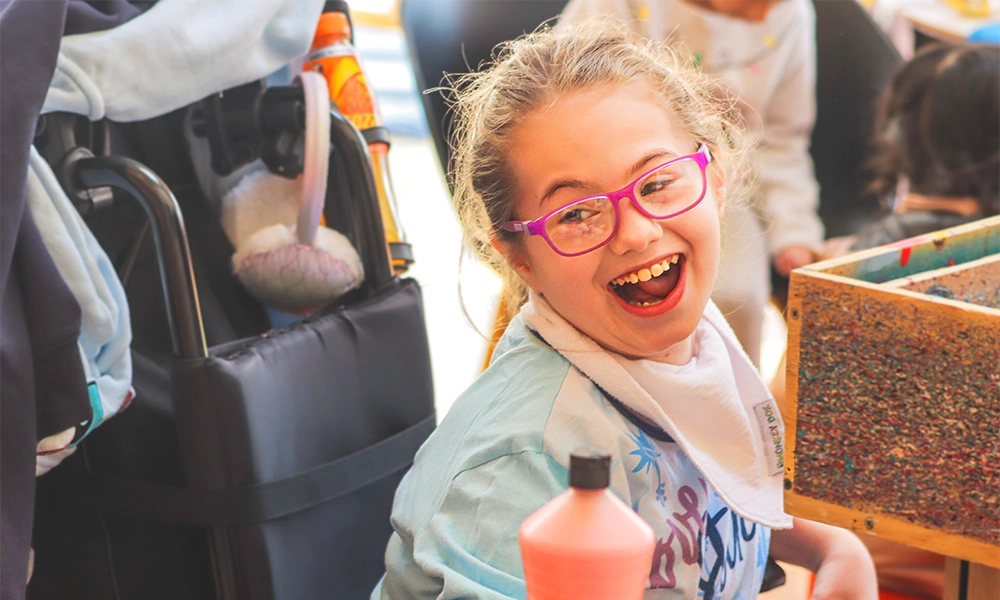
key details: Richard House Childen’s Hospice
You can find out more about Richard House Children’s Hospice, the work it does and ways to support the charity on its website here.



